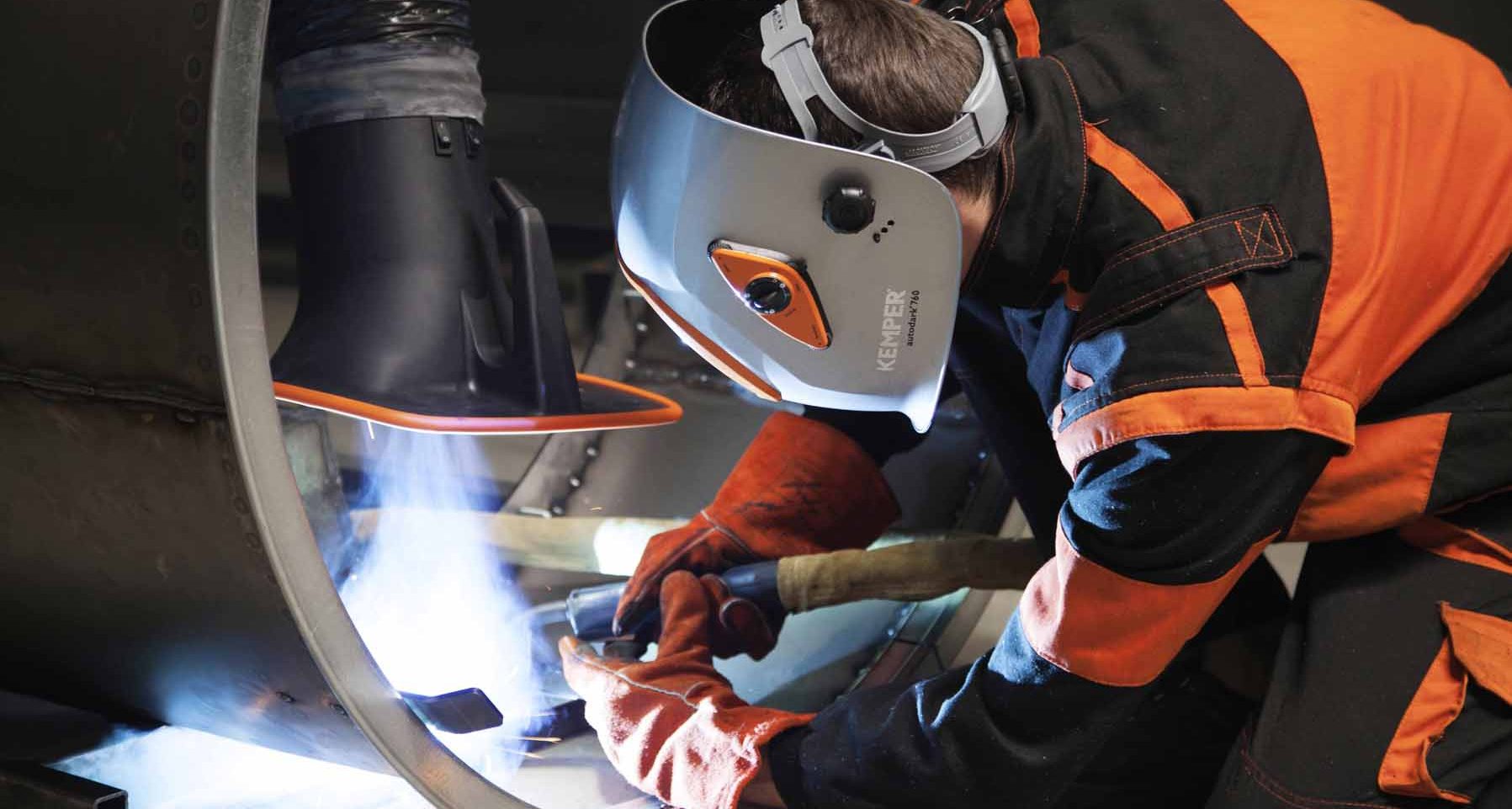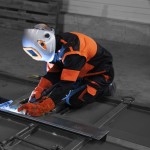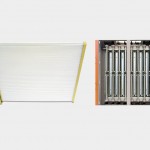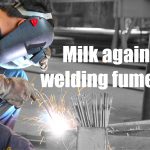Safe welding in times of corona: How protective welding equipment helps against the virus – and welding fumes
The corona virus brings new challenges for occupational health and safety. What made welding safe in the past is now helping to protect the health of employees and maintain operation during corona times. An overall protection concept is important: Clean air through welding fume extraction and distance through workplace separation are of crucial importance here.
Protective welding equipment also means health protection and is experiencing a new significance with the outbreak of the pandemic. In the current situation, welders in metal-working companies must protect themselves not only from the dangerous particles and gases, but also from the transmission of viruses through aerosols in the air. How safe welding is possible – especially in times of corona – is shown, for example, by new recommendations for action from the German Employer’s Liability Insurance Association for the metal industry.
The recommendations for action are intended to provide metal-processing companies with more reliability in maintaining their operations in the midst of the corona pandemic. Clean air and distance regulations – that were already relevant for welding before the pandemic – play a prominent role. By implementing protective welding equipment, companies kill two birds with one stone: They equip themselves against the risks of spreading the corona virus inside their own company while ensuring effective occupational safety against the health hazards of welding. But what does that mean in concrete terms?
Occupational safety through ventilation measures
In view of the corona pandemic, good air quality in operating spaces is particularly important, as the number of pathogens increases rapidly in enclosed spaces. It is expressly recommended that the work areas be regularly ventilated and that equipment and systems with effective filtering are used.Possible systems are central filtration systems that use pipe systems to extract and filter the air and return it to the area. This includes push/pull systems as well as general ventilation systems with displacement or mixed ventilation.
Sometimes, ventilation systems that merely circulate the air in the hall are not recommended.
Those responsible fear that by circulating the air, the viruses will spread further in the hall. Ultimately, this is also a question of the quality of the filter systems that are used and their quality. Viruses, including corona viruses, have approximately the same size as welding fume particles. This means that the filters also have the same filter efficiency against viruses as against welding fumes; in W3-tested filter systems, this is higher than 99 percent. General ventilation systems with such filters, therefore, do not disperse the viruses into the air, but help reduce the concentration of viruses in the air. These include, for example, filter towers or stand-alone towers.
Further examples of ventilation measures are suggested by the German Employer’s Liability Insurance Association:
- Ventilate the areas used regularly and frequently
- Ventilate the areas 15 minutes before use
- Switch on the ventilation systems two hours before and after using the building
- Run the ventilation with reduced power after the end of operation
- Check the rotary heat exchanger for leaks between the exhaust and supply air
- Replace the fresh air filter regularly
Protection against corona virus infection with distance regulations
Workplaces in welding companies must always be designed so that employees can keep a minimum distance of 1.5 m from other employees. This distance recommendation applies in all sectors worldwide. If possible, workplaces in metalworking companies should be separated from each other by protective devices. Modern screening systems that separate welding stations from each other – and thus also protect against radiation reflection, noise and welding spatter – are suitable for this purpose. Here, the focus is especially on the spatial separation of workplaces in order to comply with limit values.
The mobile wall partitioning systems are particularly suitable for noise protection and protective welding equipment, but also as a spacing device for protection against the corona virus. These partitioning systems can be used as welding cabins, workplace boundaries and workshop partitioning. For companies, however, they are above all a cost-effective and quick entry-level solution for maintaining minimum distances. The partition walls can be set up quickly and flexibly at other locations within the hall if a workplace changes.
Some other variants that comply with the distance regulations for welding workplaces include:








